Andre Filipek Dora Drawings
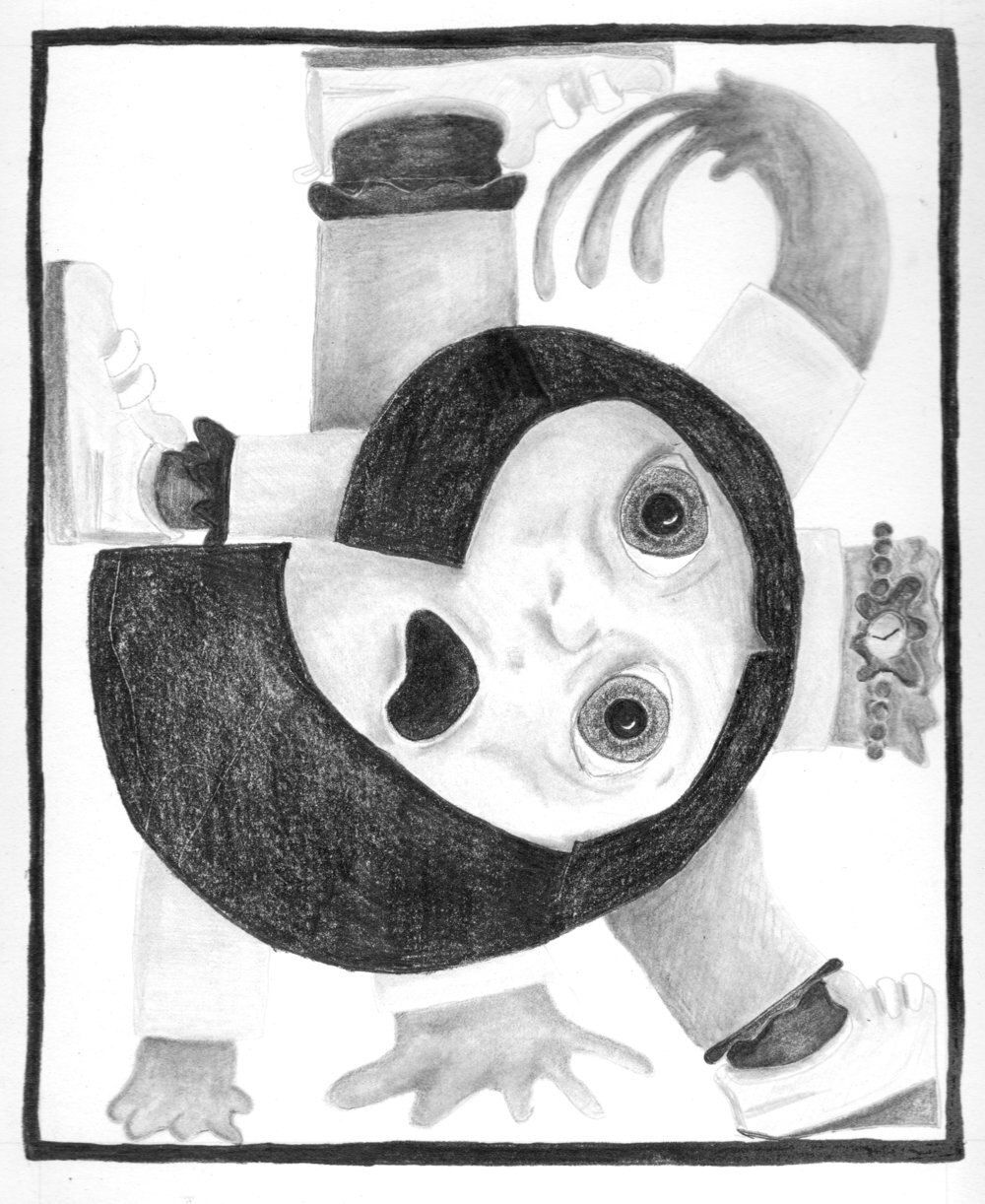

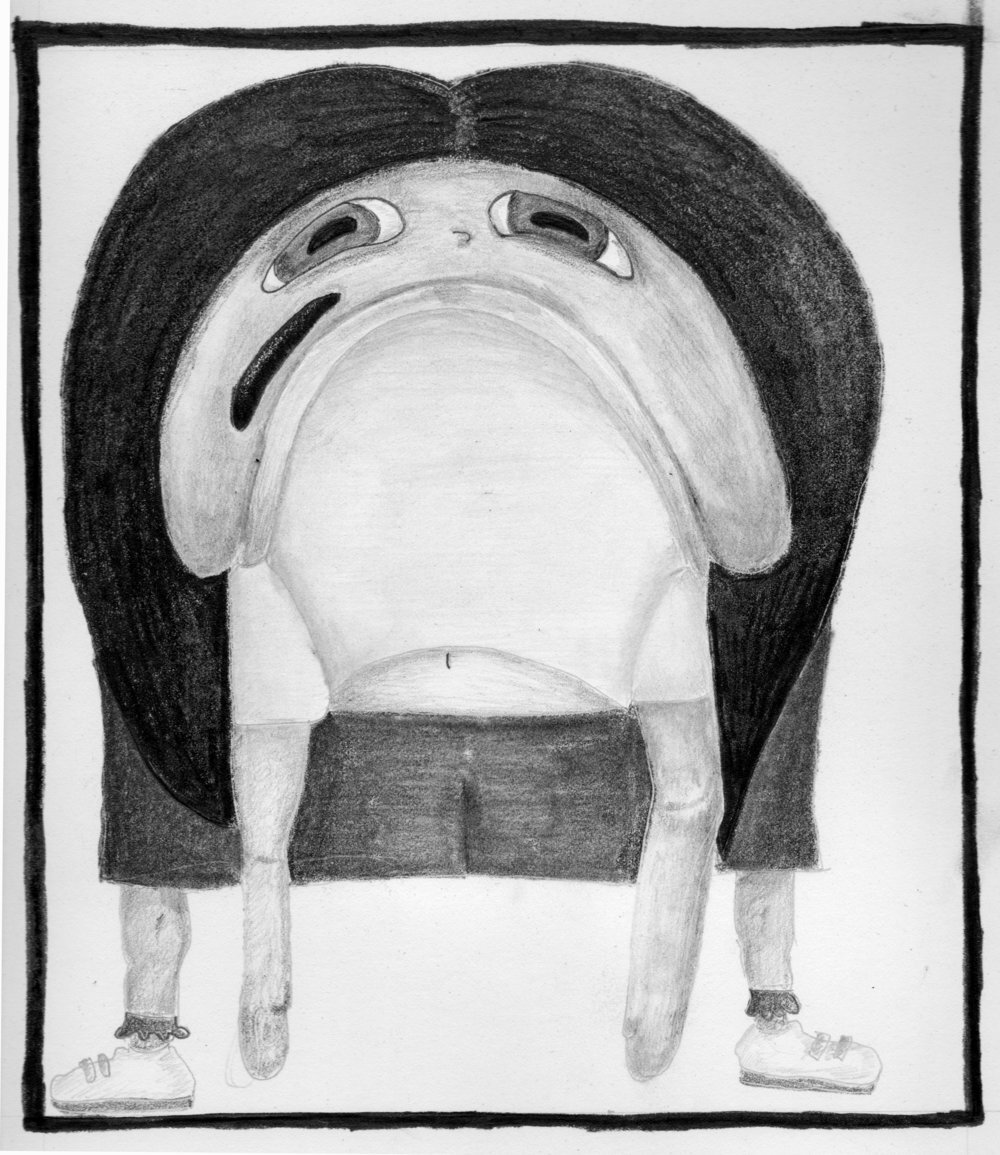
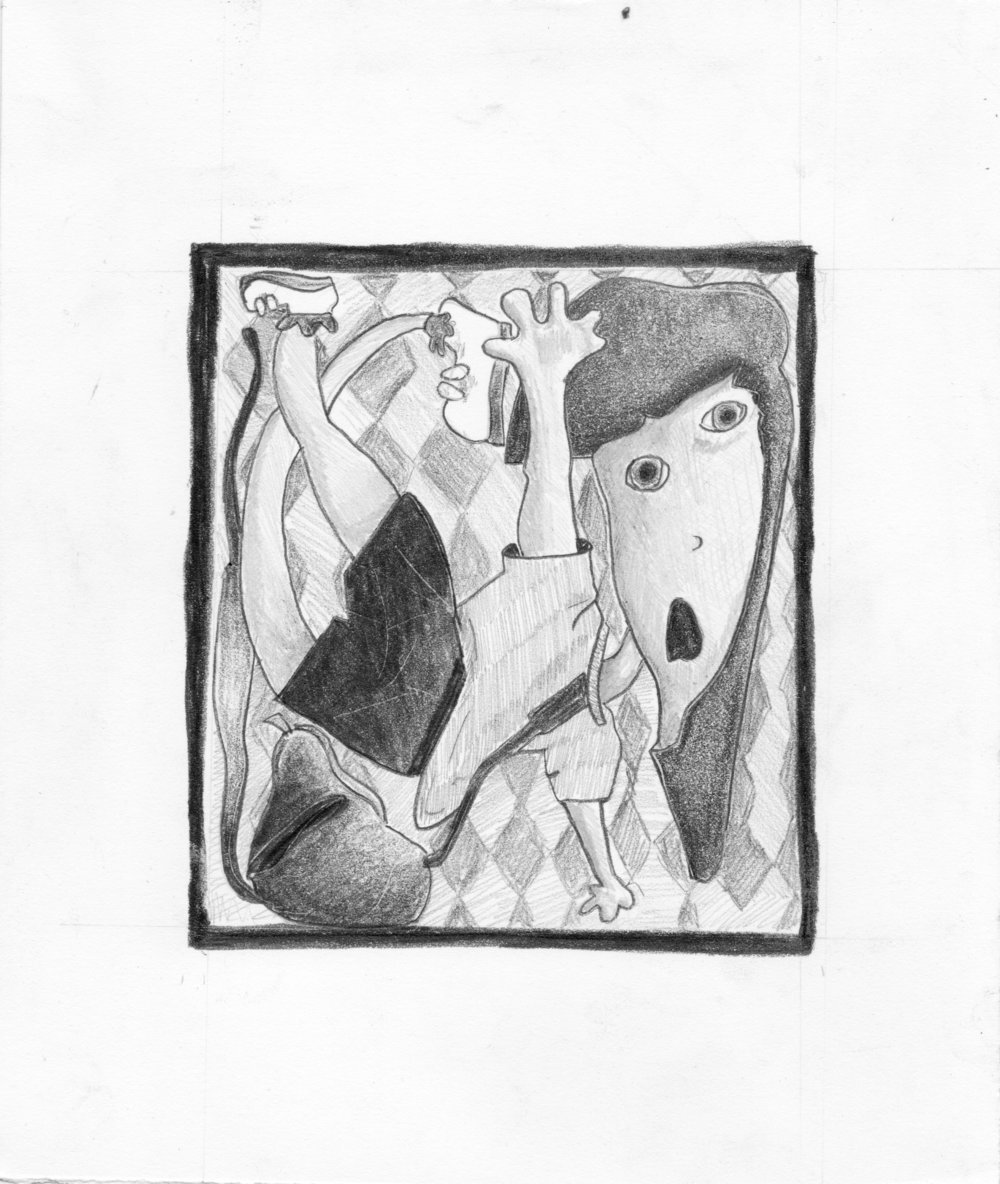
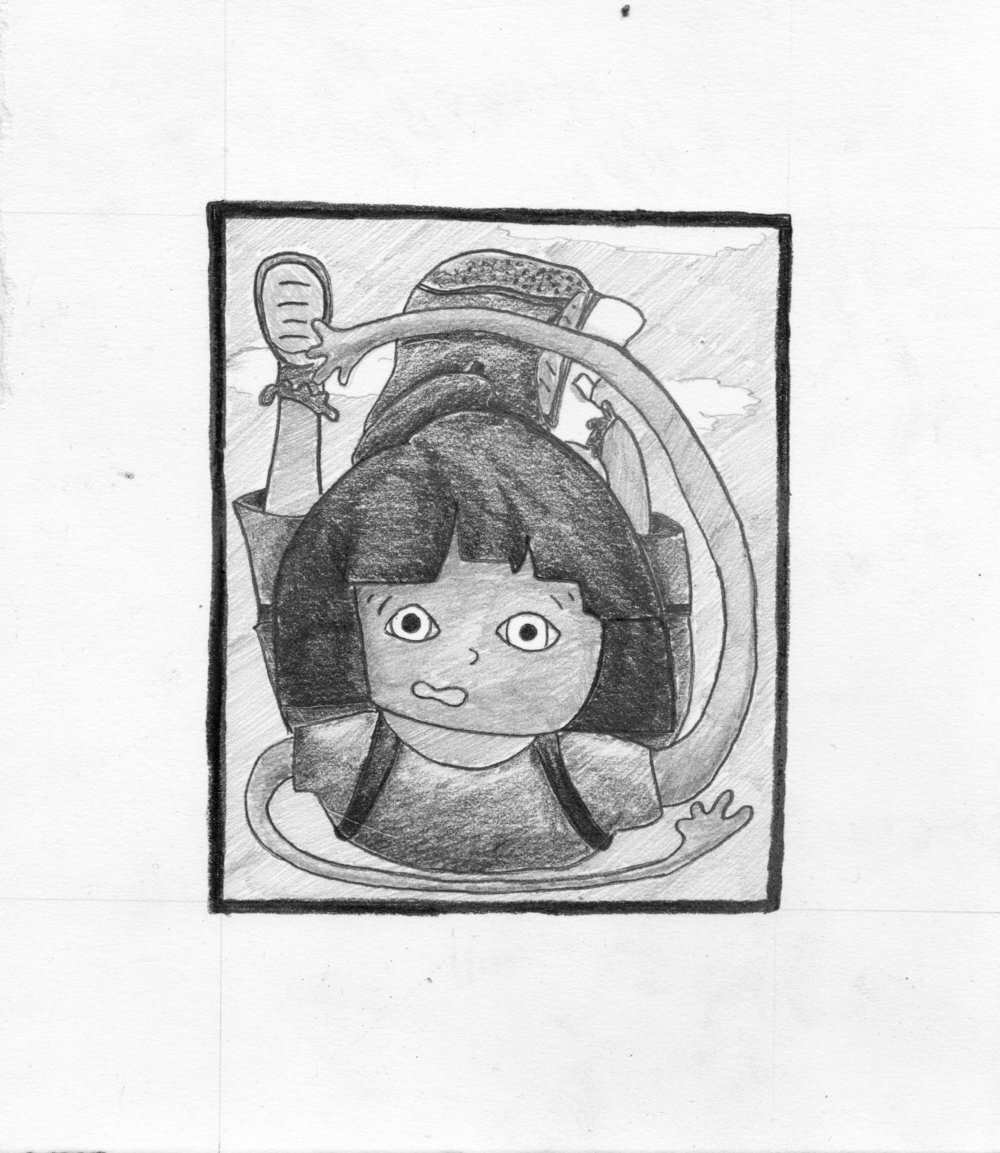

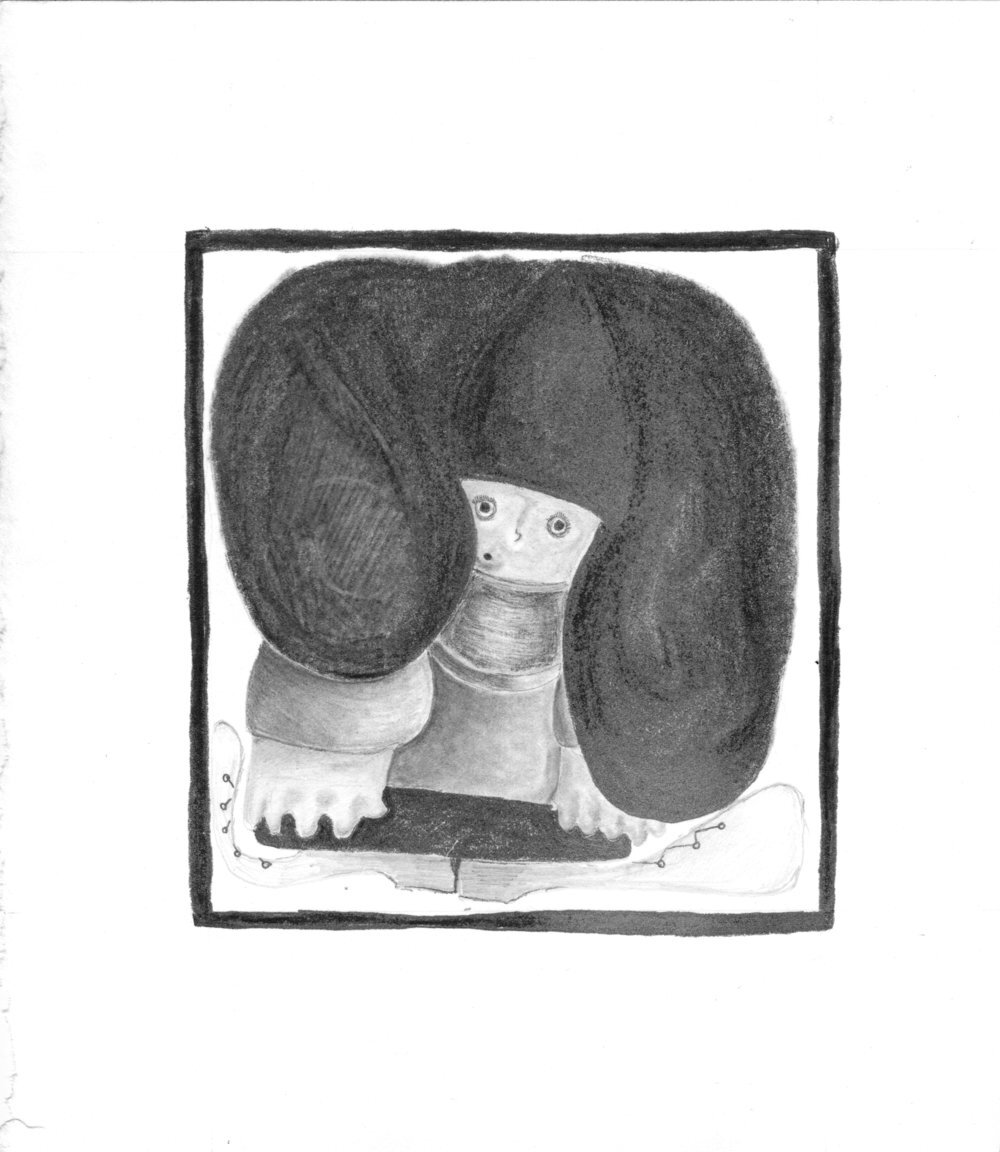
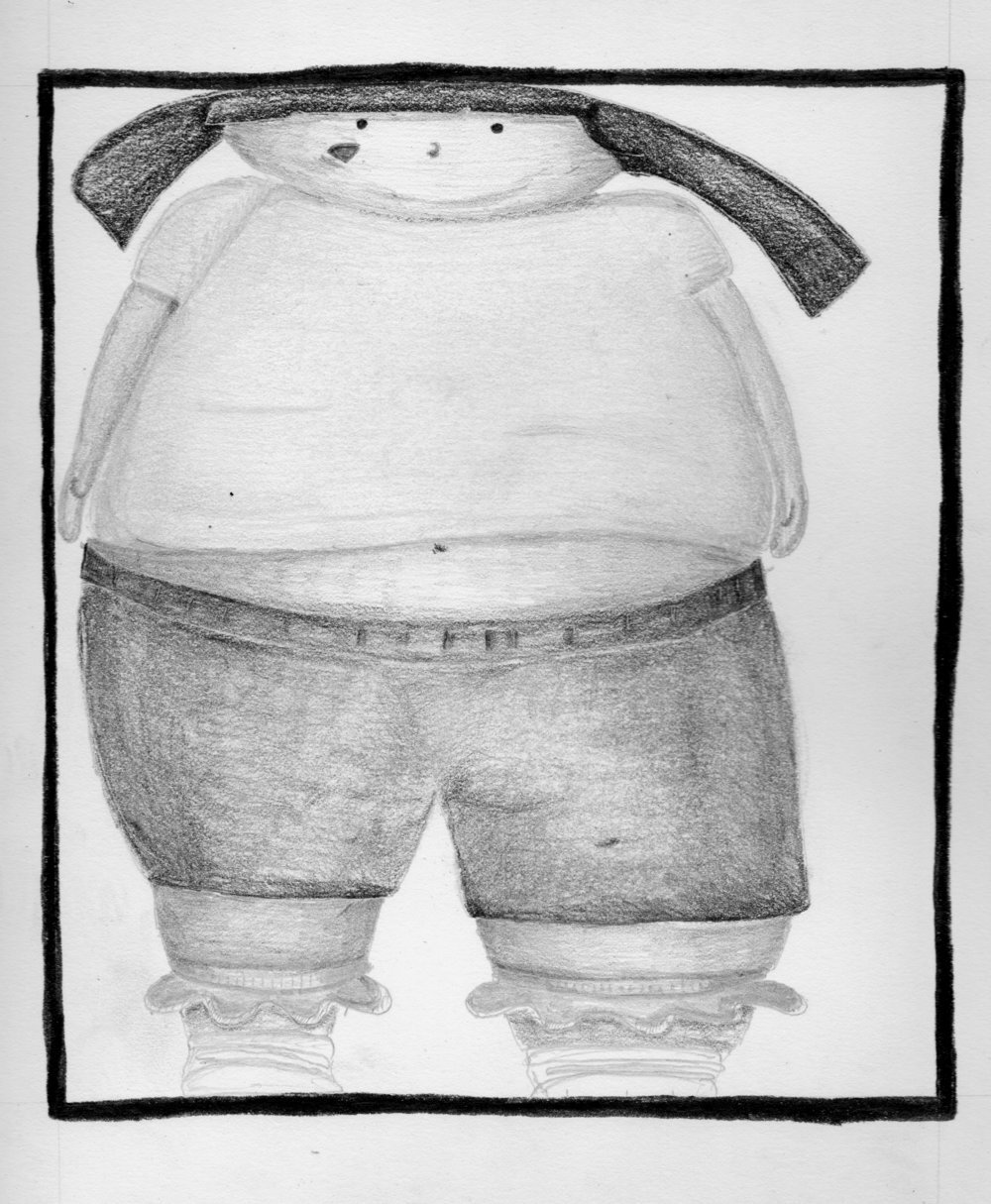
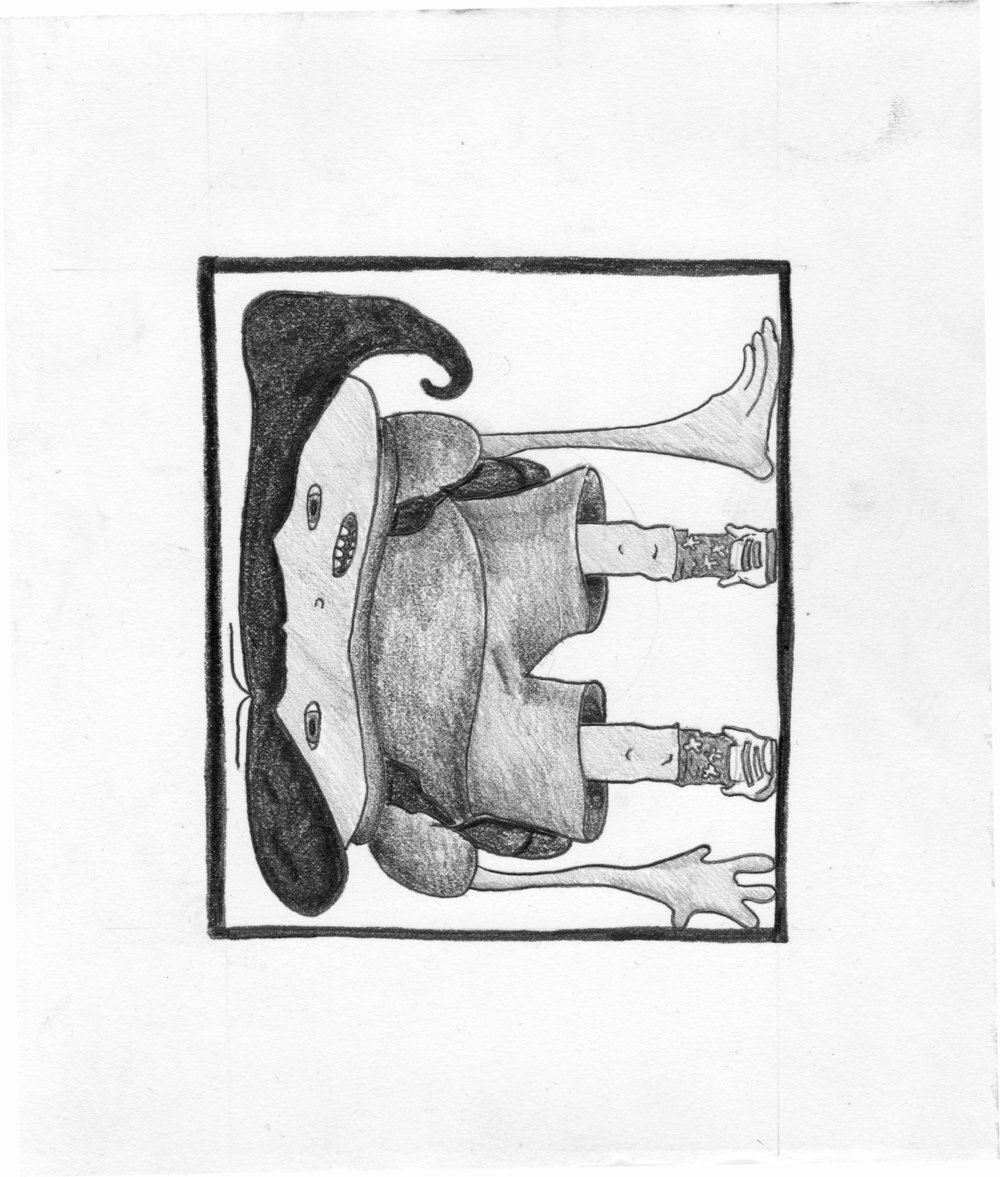

In 1999, Dora the Explorer was born as a little white girl named Tess, who gallivanted around the forest and/or jungle with her friendly animal friends solving problems and generally helping out. The same year, Viacom held an internal meeting with its subsidiary networks in an effort to encourage new proposals including more Hispanic characters.
According to creators Chris Gifford and Valerie Walsh, Dora was never intended primarily as a tool for education, but rather as a way of normalizing the use of Spanish and English interchangeably. The absence of the “education” directive can be evidenced by Gifford and Walsh’s cut-and-paste approach to their pre-fabbed treatment.
What is not acknowledged is the power that is afforded to Dora in the parallel universe of the program. Here, a Latinx girl is afforded the agency, mobility, and social standing to traverse borders, sneak into private and off-limits spaces with no consequence, fight petty crime as a vigilante and reap the rewards of taking risks. Furthermore, by virtue of her title -- Explorer -- she subverts the centuries-old colonial stronghold imposed on Latinx and other colonized people by the likes of Columbus, Ponce De Leon, Cortes, Cabot, et al.
Effectually, Dora the Explorer is the pinnacle example of the decolonized Latinx. How can this image be used to speak of the reality that appears nothing like what it seems in her program?
Dora Drawings utilizes Dora’s likeness as a vessel for perpetual political and social anxiety. In some ways, these images are representative of the pack leader buckling under pressure. In this space what will the rest of the group do? Will someone step up and assume the role of captain, or does the party dissolve into skepticism, hopelessness, and fear? -Andre Filipek
--------------------------------------------------------
Evans Wittenberg Feeding Time

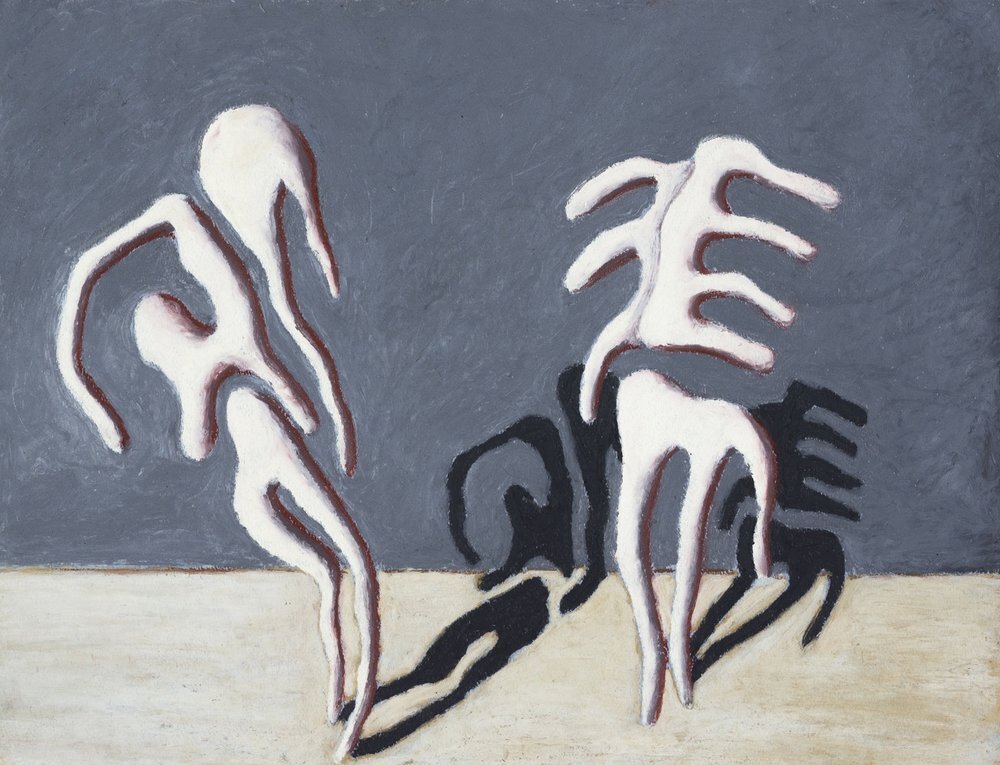
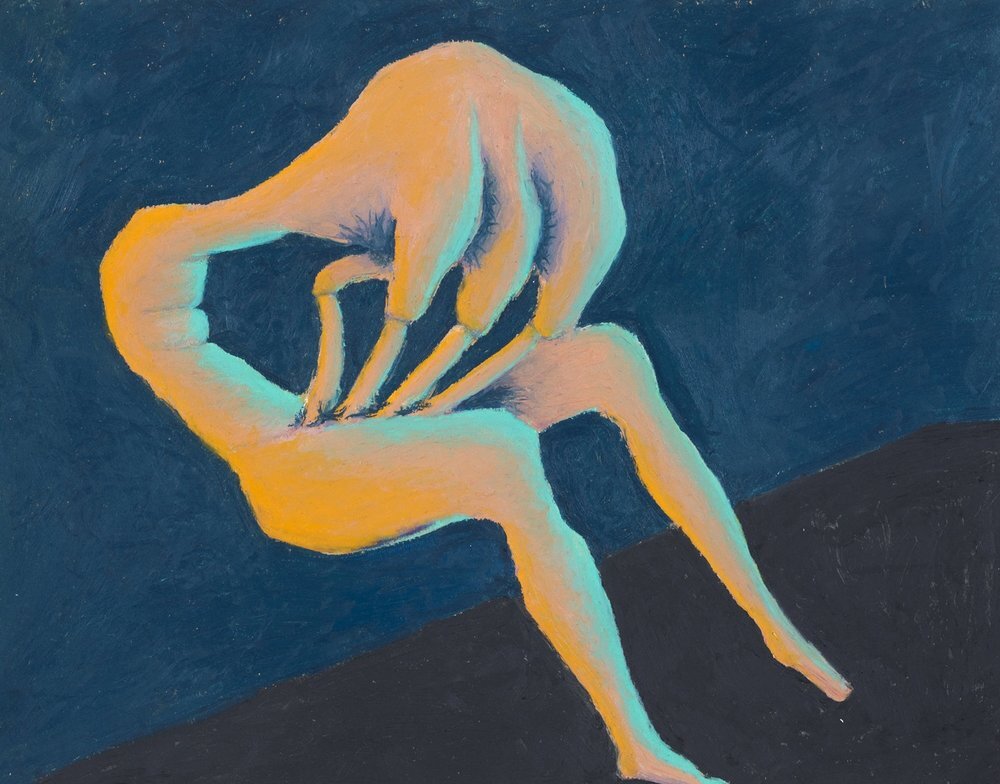
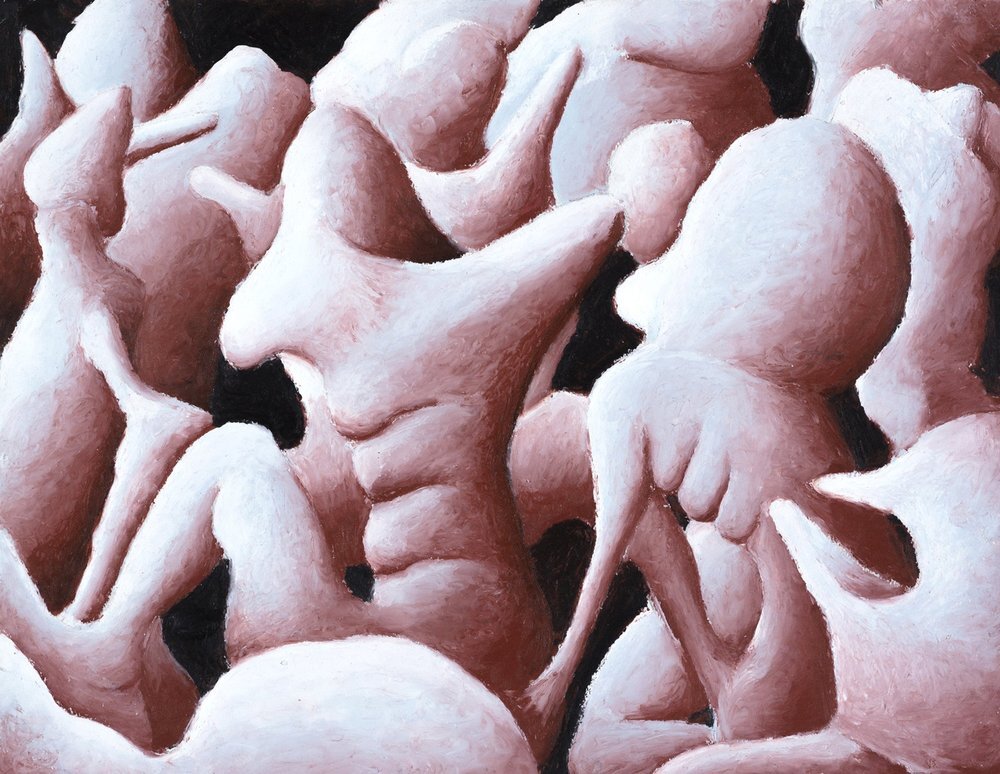

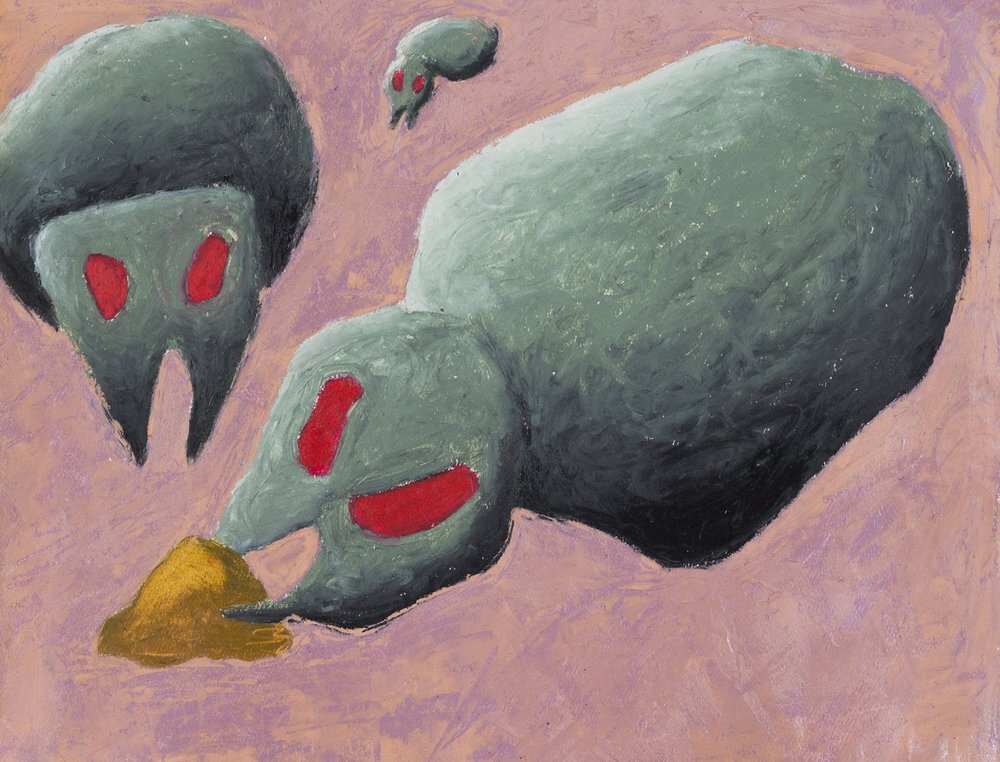
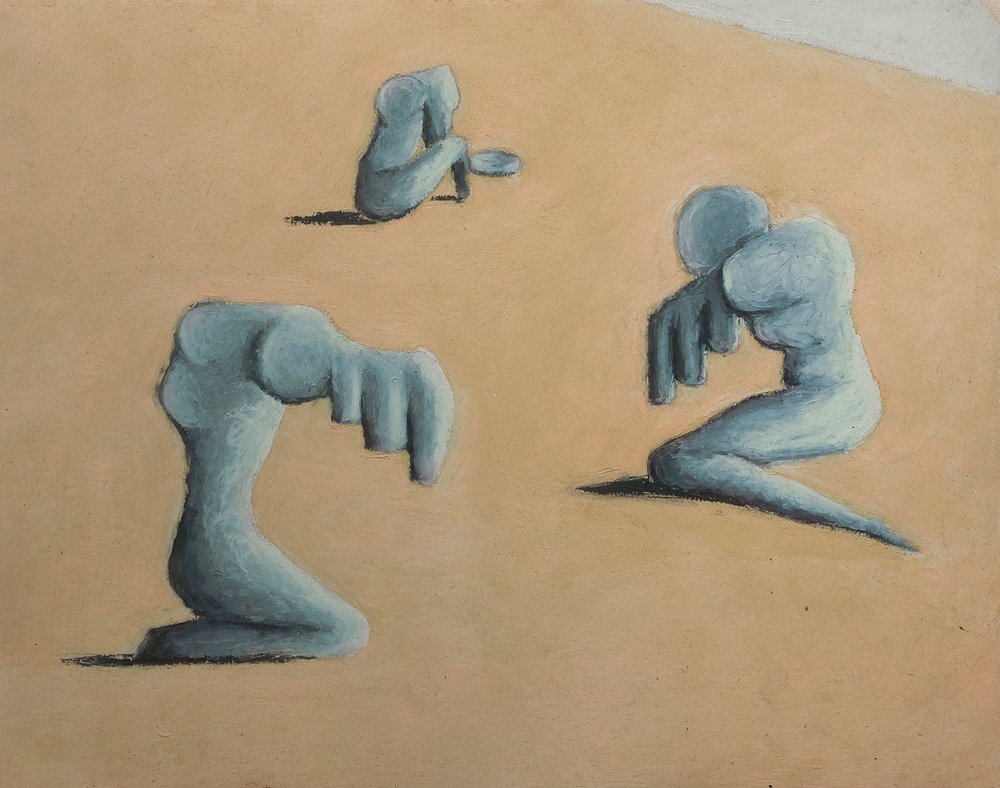

Hgggggggggggh: Emmanuela Soria Ruiz, Jon Merritt, Ananya Ramanan, Sascha Yurchak









